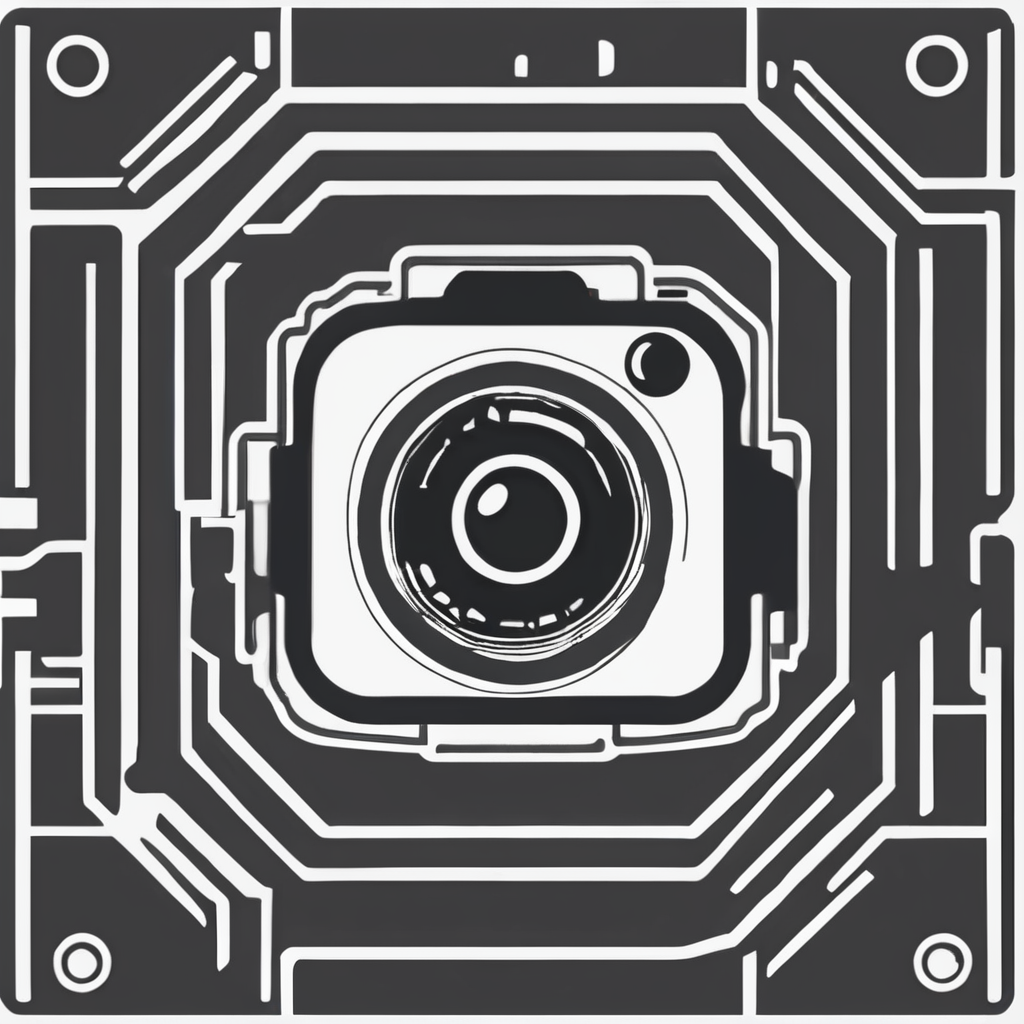Overview of 3D Printing in Manufacturing
Tracing the evolution of 3D printing in the manufacturing sector unveils how it revolutionised traditional practices. Originally developed in the 1980s, 3D printing, or additive manufacturing, transforms digital files directly into physical objects. This innovative process involves adding material layer by layer, diverging from subtractive methods that remove material from a larger block.
In terms of adoption, 3D printing has seen a notable rise among diverse industries. The aerospace and automotive sectors leverage additive manufacturing for prototyping and the production of complex parts. The healthcare industry utilises 3D printing to create customised prosthetics and implants, tailoring designs to patient-specific requirements.
Topic to read : Unlocking synergy: strategies for enhancing collaboration among cross-functional teams in tech projects
According to recent statistics, the global 3D printing market was valued at approximately USD 13.63 billion in 2021, with projections anticipating growth to USD 63.46 billion by 2029. This indicates a significant transformation in manufacturing practices, driven by the innovative capabilities of additive processes.
The additive manufacturing process facilitates the creation of intricate designs that were once impossible with traditional methods, allowing industries to rethink their manufacturing approaches. Such flexibility and adaptation are crucial in maintaining a competitive edge in today’s rapidly evolving industrial landscape.
This might interest you : Unlocking venture capital: innovative strategies startups can use to stand out in a crowded market
Transformative Benefits of 3D Printing
The benefits of 3D printing are reshaping how manufacturing is approached across various sectors. At the forefront is cost efficiency, where companies find substantial savings not only in production costs but also in material usage. The additive nature means only necessary materials are used, reducing waste significantly compared to traditional methods.
Design flexibility is another critical advantage. Industries can now create intricate geometries and complex structures that were once unattainable. This flexibility extends to customisation, which is particularly beneficial in sectors like healthcare where bespoke solutions are paramount. 3D printing allows for rapid prototyping, enabling swift iterations and modifications.
Moreover, a notable reduction in time-to-market for new products is realised. By simplifying the prototyping process and facilitating quicker production times, companies can respond faster to market demands. Speedier development cycles empower businesses to maintain competitiveness and agility, especially in innovation-driven industries.
Together, these transformative benefits illustrate how 3D printing’s rise is not only evident in cost and design but also in the dynamism it offers to manufacturing strategies.
Case Studies of Successful 3D Printing Implementations
Exploring 3D printing case studies provides real-world insights into its transformative potential across various industries. These success stories highlight how companies have harnessed this technology for improved efficiency and innovation.
Aerospace Industry Example
In the aerospace industry, 3D printing has revolutionised manufacturing processes. Companies like GE Aviation utilise additive manufacturing to produce complex jet engine components. These parts, previously made from multiple pieces, are now produced as single units, reducing weight and increasing strength. This advancement leads to significant improvements in fuel efficiency and performance.
Automotive Industry Example
Automotive sectors such as Ford are leveraging 3D printing for rapid prototyping and production of lightweight components. By using additive manufacturing, they achieve precise customisation and faster production times, enhancing both innovation and cost-effectiveness. This shift not only optimises design but also reduces the timeline for vehicle development, allowing for swift adaptation to consumer demands.
Healthcare Industry Example
In healthcare, 3D printing facilitates the creation of patient-specific prosthetics and implants. Pioneers like Materialise develop specialised solutions that improve patient outcomes by tailoring designs to individual needs. Such customisation in additive manufacturing translates into better compatibility and comfort, demonstrating remarkable advancements in personalised medicine.
Challenges and Limitations of 3D Printing
While 3D printing has transformed manufacturing, it faces notable challenges. Material compatibility remains a significant hurdle. Many advanced manufacturing sectors require specially developed materials that remain expensive or are not widely accessible. Such constraints can limit the potential applications of additive manufacturing within industries.
Scalability is another pressing issue. As production demands increase, scaling 3D printing processes to meet large-scale operations proves challenging. Traditional manufacturing may outperform in sheer volume, where 3D printing might struggle with speed and cost-efficiency for high-volume outputs. Thus, companies must carefully evaluate when and how to integrate 3D printing into their operations.
Additionally, regulatory and quality assurance pose considerable concerns. The production of reliable and safe components, especially in sectors such as healthcare and aerospace, demands stringent quality checks. Current certification processes for 3D printed items can be rigorous and time-consuming, impacting the operational timelines.
Overall, while 3D printing is a powerful tool for innovation, addressing these challenges is crucial for its broader adoption. Solutions and ongoing research into materials and processes may gradually ease these limitations, enabling more widespread usage and exploration of its potential across the manufacturing realm.
Technological Innovations Driving 3D Printing Forward
The 3D printing landscape is continuously advancing, driven by remarkable technological innovations. New material developments are at the forefront, with companies creating stronger, more durable, and versatile materials. These innovations improve performance, catering to diversified needs across industries such as aerospace and healthcare.
The evolution of software tools plays a vital role in refining design and production processes. Modern software enables more complex designs and optimizes manufacturing workflows, allowing for efficient and precise prints. This advancement is facilitating an increase in adoption, as industries can now leverage enhanced capabilities for intricate projects.
Automation and AI are reshaping the 3D printing processes by streamlining operations and reducing human error. AI-driven solutions provide predictive maintenance and improve quality control, ensuring that the produced components meet stringent standards. This integration optimizes workflows, driving higher efficiency and reducing operational costs.
Together, these technological advancements are not just pushing the boundaries of what additive manufacturing can achieve, but they are also enabling industries to rethink and innovate their manufacturing strategies. As these innovations continue to evolve, they promise to unlock even greater potential for 3D printing in various sectors.
Future Trends in 3D Printing and Manufacturing
3D printing is poised for remarkable growth, shaping the future of manufacturing. Experts predict that as innovations in materials and technologies unfold, the market for 3D printing will expand significantly. This growth signifies broader industrial adoption, particularly as additive manufacturing becomes integral to sectors such as aerospace and healthcare.
According to market forecasts, technological advancements in 3D printing might lead to it playing a pivotal role in sustainable production methods. As this happens, societal impacts are likely, with shifts in workforce dynamics. Automation and AI integration in 3D printing processes might reduce dependence on manual labour, requiring workers to adapt to new roles in technological oversight and management.
Adopting 3D printing methods could drive considerable changes in traditional manufacturing structures. By enabling design flexibility and personalised manufacturing, the industry might shift towards creating bespoke solutions. This transformation holds potential for enhancing customisation and efficiency, redefining competitive edges in global markets. Moreover, as materials and software tools evolve, they stand to open new frontiers for innovation, fostering creative solutions in design and production. Ultimately, 3D printing’s future promises a reshaping of manufacturing landscapes, presenting opportunities and challenges for industries worldwide.
Comparative Analysis: 3D Printing vs. Traditional Manufacturing
In contrasting 3D printing with traditional manufacturing, several advantages come to the fore. One significant benefit is cost structure. While conventional manufacturing often involves producing large quantities to offset unit costs, 3D printing enables cost-effective production even in small batches due to its additive approach. It eliminates the need for expensive tooling and reduces waste because only the necessary material is used, highlighting its efficiency.
From an efficiency standpoint, 3D printing surpasses traditional methods by enabling on-demand manufacturing, thereby minimizing inventory costs and risks. Traditional manufacturing typically relies on economies of scale, posing challenges in flexibility and response time to market changes. Conversely, the additive manufacturing process provides greater agility, as it can rapidly iterate on designs without retooling.
Additionally, waste reduction is a major comparative benefit. Traditional manufacturing often produces significant excess material. In contrast, 3D printing deposits material only where needed, aligning with sustainable production goals. This contrast extends to product life cycles, where 3D printing facilitates customisation and prolongs product relevance by allowing for rapid modifications and updates. Such capabilities foster innovation and responsiveness in today’s dynamic market landscape.






